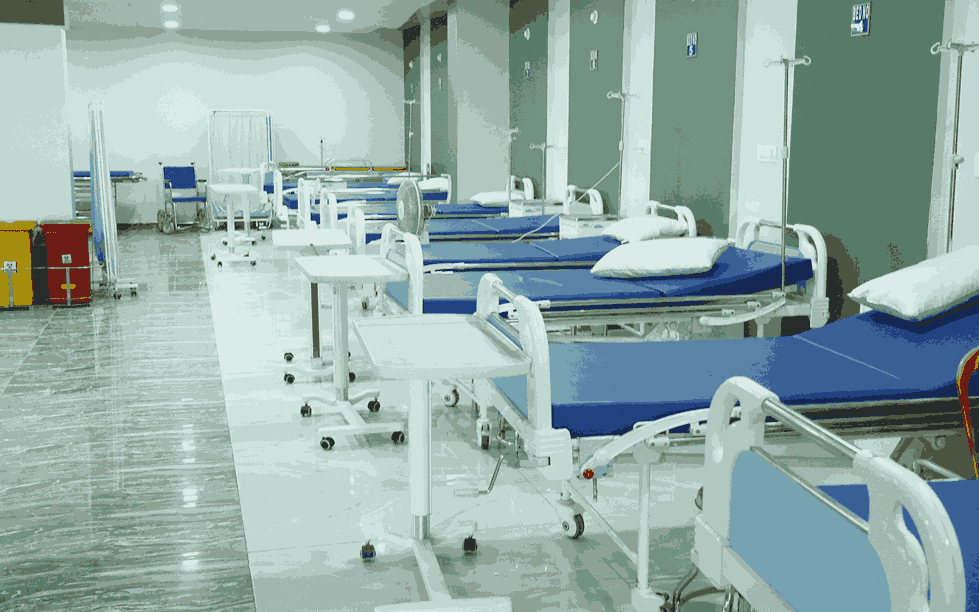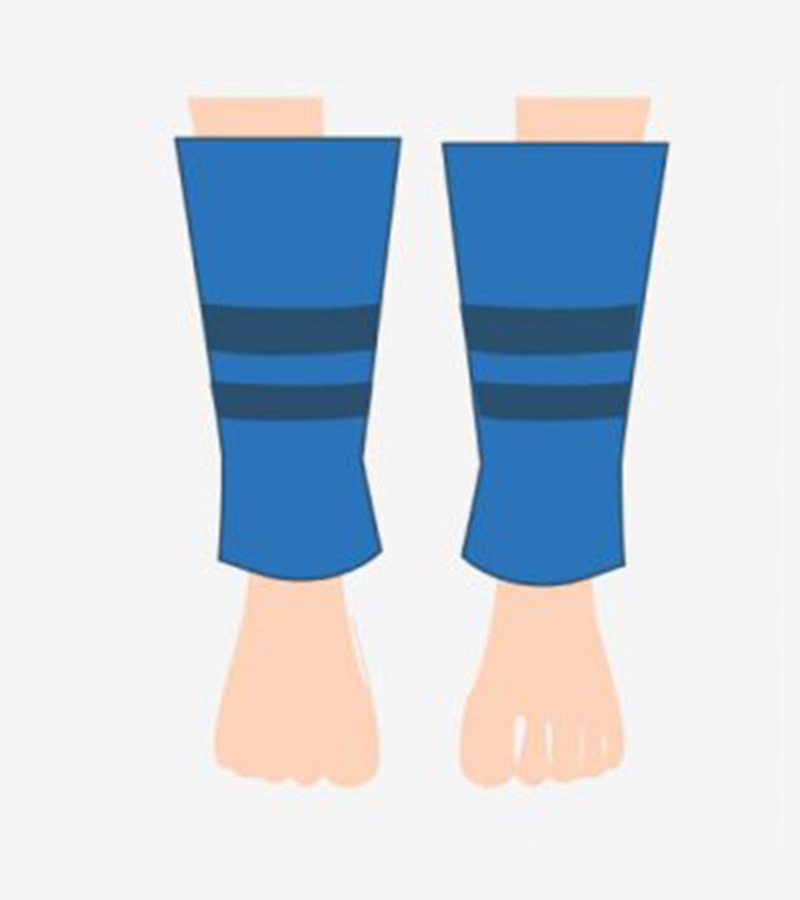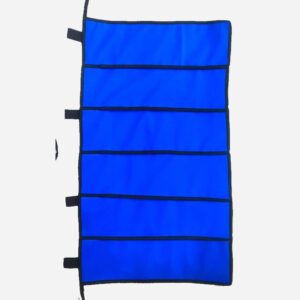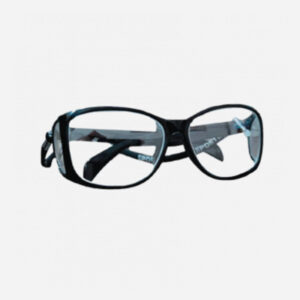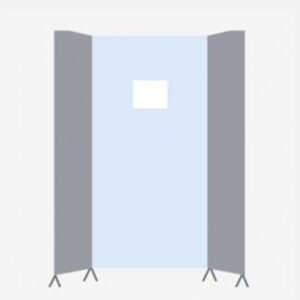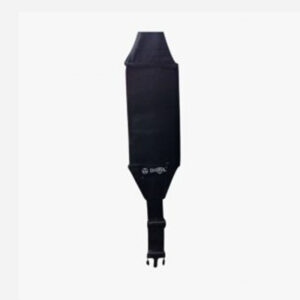Description
Leg shields provide complete protection to the lower part of the body from scattered radiation, effectively shielding the legs from radiation exposure during medical imaging procedures. With a Velcro closure for easy adjustments, these shields are designed for comfort and convenience. Lead leg guards, commonly used in X-ray examinations, offer an essential layer of radiation protection for the lower extremities.
Purpose:
- Radiation Protection: The primary goal of a leg shield is to protect the lower limbs, including the legs and feet, from unnecessary radiation exposure during X-ray or other medical imaging procedures. This is particularly important in situations where the legs are exposed to the primary radiation beam.
- Minimize Exposure: By covering the legs, medical professionals can reduce radiation exposure, lowering the risk of skin injuries, tissue damage, and long-term health effects from radiation.
Features:
- Material: Leg shields are typically made from lead or lead-equivalent materials like lead vinyl or lead-free composites. Lead is selected for its high density, effectively absorbing and attenuating ionizing radiation.
- Design:
- Shape and Size: Designed to cover the entire lower extremities, from the thighs down to the feet, leg shields come in various sizes and shapes to accommodate different patient body types and imaging needs.
- Attachment: Some shields are integrated with the lead apron worn by patients during imaging exams, ensuring consistent protection.
Usage:
- Positioning: Leg shields are placed over the legs during X-ray exams to prevent direct exposure to radiation. Proper positioning ensures maximum protection while not obstructing the area of interest for the procedure.
Use in Medical Imaging:
- Radiography: Leg shields are commonly used during X-ray examinations of the lower extremities, such as leg X-rays, knee X-rays, and some hip X-rays.
- Fluoroscopy: They are also used during fluoroscopic procedures involving continuous imaging with X-rays, such as certain interventional radiology procedures targeting the lower extremities.
- Orthopedic Imaging: Particularly important in orthopedic radiology, leg shields protect the legs and feet during diagnostic imaging of fractures, joint conditions, and other musculoskeletal disorders.
Benefits:
- Patient Safety: Leg shields protect the lower limbs from unnecessary radiation exposure, reducing health risks associated with ionizing radiation.
- Regulatory Compliance: Healthcare facilities follow guidelines and regulations that recommend or require the use of leg shields to minimize radiation dose to sensitive areas.
- Comfort and Ease of Use: These shields are designed for patient comfort and ease of application, ensuring compliance with radiation protection protocols without compromising the quality of imaging.
Conclusion:
Leg shields are crucial in radiation protection protocols during medical imaging procedures involving the lower extremities. By minimizing radiation exposure to the legs and feet, they contribute to patient safety, ensuring the well-being of patients undergoing diagnostic or therapeutic radiology procedures.

